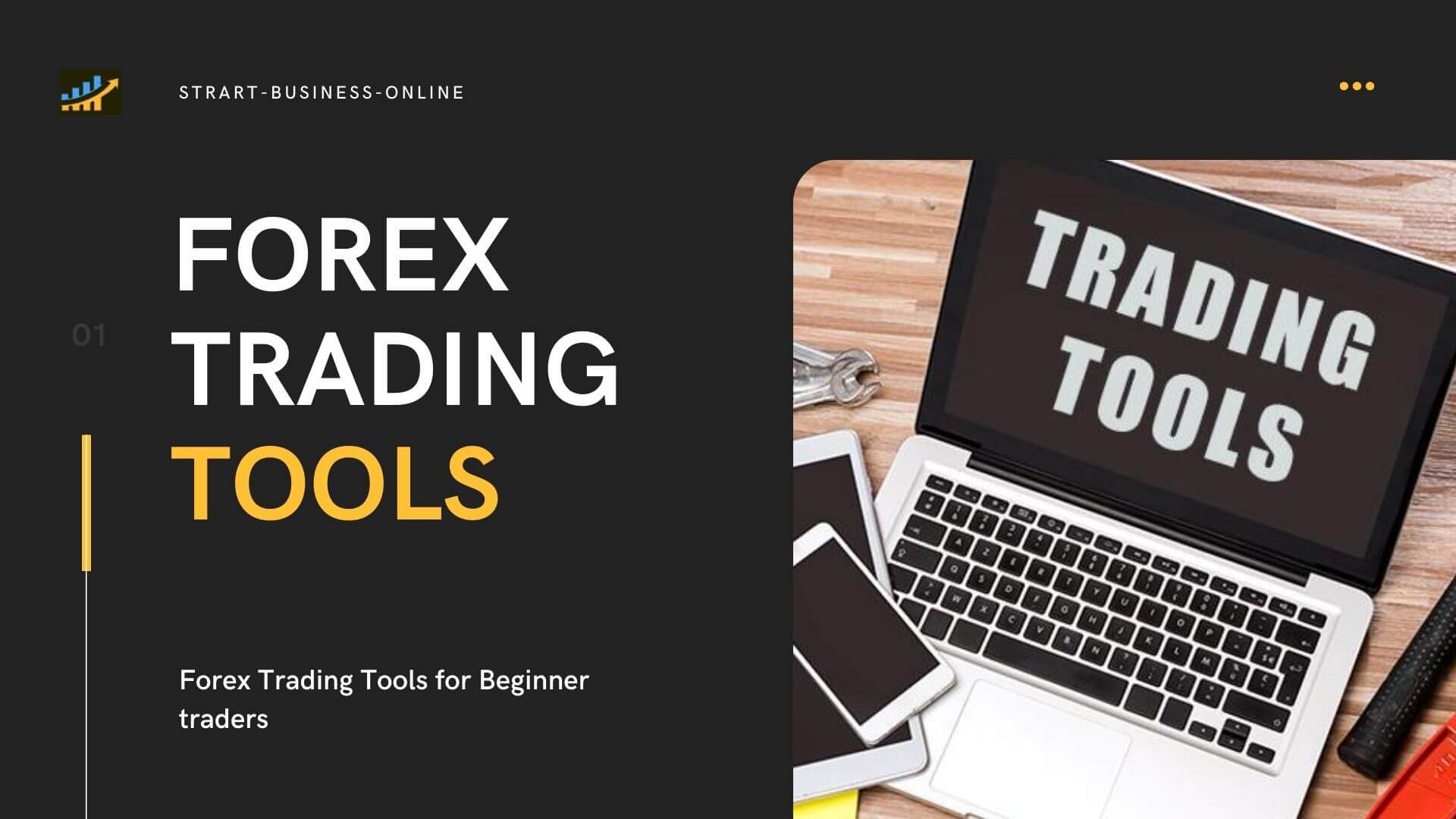
A single stock future is a type of futures contract that involves selling a specified number of shares of a company in exchange for their delivery at a future date. They can be traded on futures exchanges. Here are some facts about single stock futures. These contracts may seem confusing and unintuitive, but they can actually be beneficial if used properly. You might be interested in purchasing a single stock-futures contract. Read on to learn about the risks and benefits.
Tax implications
Single stock futures investing can help investors reduce their tax bill. These contracts generally last less than nine months so you have a limited time to hold your shares until you can convert them into dividends. However, you can keep your shares longer, which is important for long term gains. Even though you don't necessarily have to transfer your shares immediately, it is important to wait until they expire to collect market interest.
Stock futures gains do not qualify as options on stocks. Capital gains are what they are. Stock futures gains are subject to the exact same tax as equity options. Investors who hold a stock future for less that a year will see their gains taxed differently than those in long and short positions. However, long positions can be taxed at any time, not like other options.

Margin requirements
The margin requirement for single stock futures is usually 15 percent. Concentrated accounts can reduce this amount to less than 10%. In other words, the margin amount must cover losses in 99% of the cases. The initial margin will be higher if the stock is volatile. The maximum loss per day is what determines the margin needed for single stock futures. There are however some differences.
The trading price for single stock futures is determined based on the underlying securities' price and carrying costs of interest. Discounts are made for dividends due after the expiration. Transaction costs, borrowing costs, dividend assumptions, and other factors can influence the carrying cost for a single stock option future. To trade in single stock futures you will need to have some capital with the brokerage company. This deposit is called a "good faith" deposit and it helps to ensure the trade's success.
Leverage
Trading in single stock futures uses leverage. Leverage allows traders to control large amounts with very little capital. This form of leverage is also known as a performance bond. The market usually only needs three to 12% to open a position. For example, a single E-mini S&P500 future contract can be worth $103,800. This large amount of value can be controlled by traders for a fraction the price of buying one hundred shares. As a result, even small changes in price can have a huge effect on the option value.
While one stock futures aren't as popular as other derivatives, they can be a great way for investors to speculate on the price movement of one stock without exposing a lot of capital. Single stock futures, like other derivative products require careful attention and a strong risk management model. The US single stock futures are a trading instrument that has been in existence since the early 2000s. They offer both investors and speculators many benefits. Single stock futures are particularly popular among institutions and larger investment funds seeking to hedge their positions.

Tax implications when holding a single stock-based futures contract
A futures trader can take advantage of certain tax breaks when trading stock. Futures traders can benefit from favorable tax treatment by the Internal Revenue Service thanks to its rules for futures trading. A futures trader can be subject to tax at a maximum of sixty per cent long-term and forty for short-term gains, regardless of whether the trade was active or not. All futures accounts, whether managed by CTAs and hedge funds, are subject to the 60/40 rules.
Single stock futures can be traded on margin because they are almost identical to the underlying stock. The collateral required for traders is 20% of the underlying price. This allows traders the ability to leverage their positions. Before trading in futures, traders must understand the leverage of these positions. Below are the tax implications for holding one stock futures contract.
FAQ
How can I invest in stock market?
Brokers are able to help you buy and sell securities. A broker buys or sells securities for you. When you trade securities, you pay brokerage commissions.
Brokers usually charge higher fees than banks. Banks are often able to offer better rates as they don't make a profit selling securities.
If you want to invest in stocks, you must open an account with a bank or broker.
Brokers will let you know how much it costs for you to sell or buy securities. Based on the amount of each transaction, he will calculate this fee.
Ask your broker questions about:
-
The minimum amount you need to deposit in order to trade
-
whether there are additional charges if you close your position before expiration
-
What happens when you lose more $5,000 in a day?
-
How long can you hold positions while not paying taxes?
-
How much you can borrow against your portfolio
-
Transfer funds between accounts
-
How long it takes for transactions to be settled
-
The best way buy or sell securities
-
How to Avoid fraud
-
how to get help if you need it
-
How you can stop trading at anytime
-
If you must report trades directly to the government
-
Whether you are required to file reports with SEC
-
Whether you need to keep records of transactions
-
If you need to register with SEC
-
What is registration?
-
How does this affect me?
-
Who is required to register?
-
When do I need registration?
What is a bond?
A bond agreement between 2 parties that involves money changing hands in exchange for goods or service. It is also known as a contract.
A bond is usually written on paper and signed by both parties. This document contains information such as date, amount owed and interest rate.
The bond is used for risks such as the possibility of a business failing or someone breaking a promise.
Bonds are often used together with other types of loans, such as mortgages. This means that the borrower will need to repay the loan along with any interest.
Bonds can also be used to raise funds for large projects such as building roads, bridges and hospitals.
When a bond matures, it becomes due. This means that the bond's owner will be paid the principal and any interest.
Lenders lose their money if a bond is not paid back.
Are stocks a marketable security?
Stock is an investment vehicle which allows you to purchase company shares to make your money. You do this through a brokerage company that purchases stocks and bonds.
Direct investments in stocks and mutual funds are also possible. There are more mutual fund options than you might think.
There is one major difference between the two: how you make money. Direct investment is where you receive income from dividends, while stock trading allows you to trade stocks and bonds for profit.
In both cases, you are purchasing ownership in a business or corporation. But, you can become a shareholder by purchasing a portion of a company. This allows you to receive dividends according to how much the company makes.
Stock trading offers two options: you can short-sell (borrow) shares of stock to try and get a lower price or you can stay long-term with the shares in hopes that the value will increase.
There are three types: put, call, and exchange-traded. Call and put options give you the right to buy or sell a particular stock at a set price within a specified time period. ETFs, also known as mutual funds or exchange-traded funds, track a range of stocks instead of individual securities.
Stock trading is very popular as it allows investors to take part in the company's growth without being involved with day-to-day operations.
Stock trading is a complex business that requires planning and a lot of research. However, the rewards can be great if you do it right. It is important to have a solid understanding of economics, finance, and accounting before you can pursue this career.
Statistics
- The S&P 500 has grown about 10.5% per year since its establishment in the 1920s. (investopedia.com)
- Even if you find talent for trading stocks, allocating more than 10% of your portfolio to an individual stock can expose your savings to too much volatility. (nerdwallet.com)
- Our focus on Main Street investors reflects the fact that American households own $38 trillion worth of equities, more than 59 percent of the U.S. equity market either directly or indirectly through mutual funds, retirement accounts, and other investments. (sec.gov)
- Individuals with very limited financial experience are either terrified by horror stories of average investors losing 50% of their portfolio value or are beguiled by "hot tips" that bear the promise of huge rewards but seldom pay off. (investopedia.com)
External Links
How To
How to make a trading program
A trading plan helps you manage your money effectively. It will help you determine how much money is available and your goals.
Before you start a trading strategy, think about what you are trying to accomplish. You may wish to save money, earn interest, or spend less. You might want to invest your money in shares and bonds if it's saving you money. If you're earning interest, you could put some into a savings account or buy a house. Maybe you'd rather spend less and go on holiday, or buy something nice.
Once you know what you want to do with your money, you'll need to work out how much you have to start with. This depends on where your home is and whether you have loans or other debts. You also need to consider how much you earn every month (or week). Income is the sum of all your earnings after taxes.
Next, you'll need to save enough money to cover your expenses. These include rent, food and travel costs. All these things add up to your total monthly expenditure.
You will need to calculate how much money you have left at the end each month. That's your net disposable income.
You're now able to determine how to spend your money the most efficiently.
To get started, you can download one on the internet. You could also ask someone who is familiar with investing to guide you in building one.
Here's an example: This simple spreadsheet can be opened in Microsoft Excel.
This will show all of your income and expenses so far. Notice that it includes your current bank balance and investment portfolio.
Here's another example. This was designed by a financial professional.
It will let you know how to calculate how much risk to take.
Don't try and predict the future. Instead, put your focus on the present and how you can use it wisely.